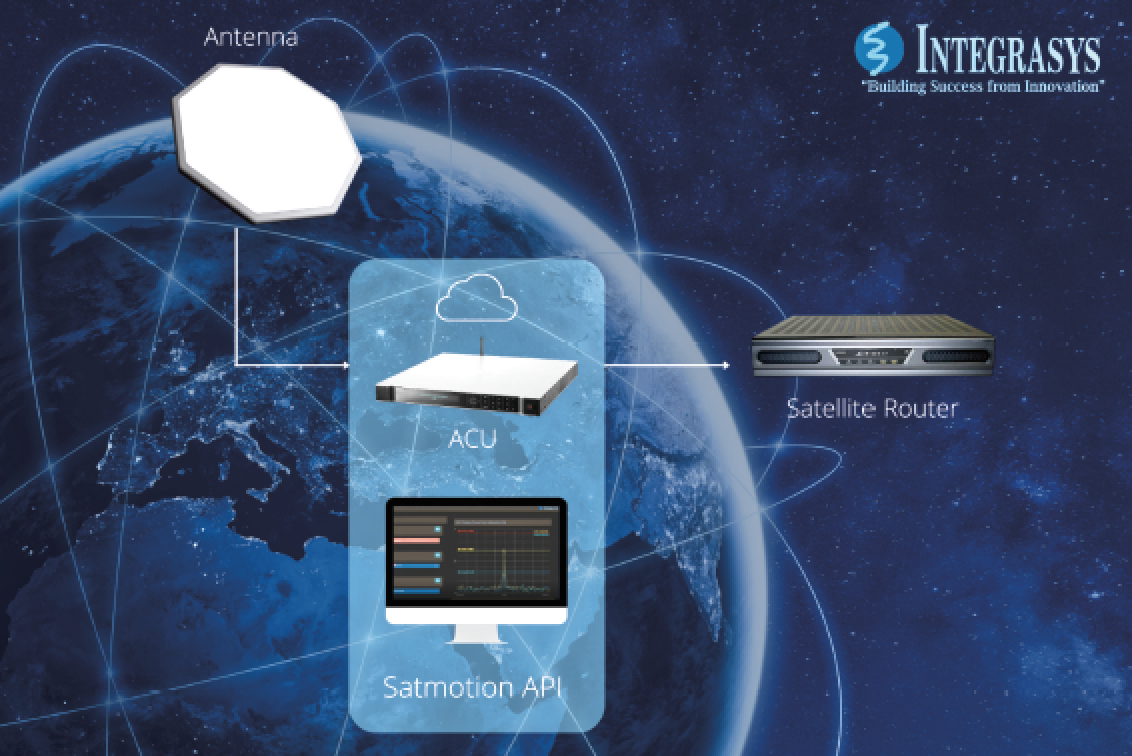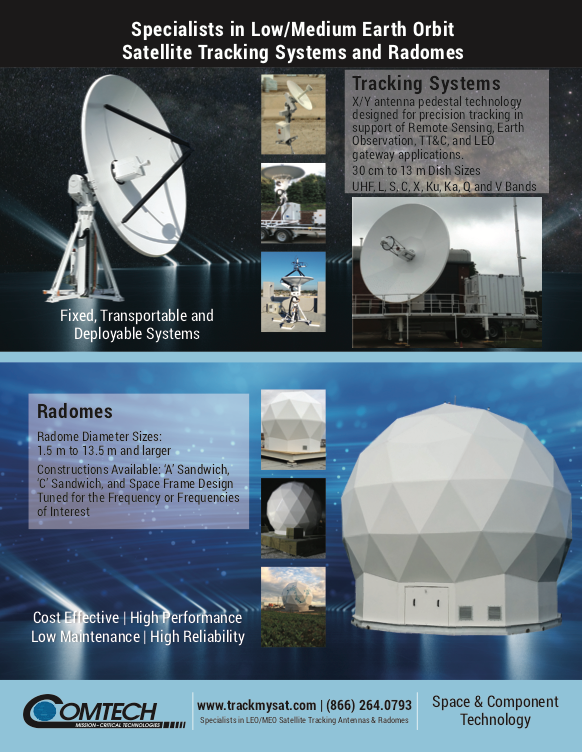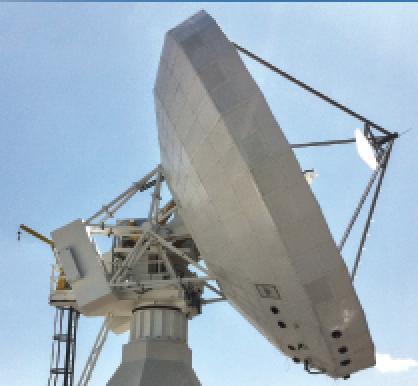Non-geostationary (NGSO) constellations can build a worldwide, reliable network infrastructure that enables high- performance connectivity and ubiquitous coverage for timing and bandwidth-intensive applications — NSR reports that NGSO’s are on track to secure more than $68 billion in revenue by the year 2029.

A New Horizon For Satellite
The number of LEO satellites increased by more than 50 percent during the past couple of years, with an astounding array of possibilities being limited only by the management of the terrestrial segment to materialize the potential of the new and numerous constellations.

A key development for the Ground Segment are Flat Panel Antennas (FPAs). Nowadays, the use of these innovative, SATCOM antennas is key for Communications-On-The-Move (COTM) purposes, such as for aero, maritime and land mobile markets. However, due to the versatility of these state-of-the-art antennas, automating ground performance is crucial for success.
FPAs are becoming essential in many markets, due to their fast-tracking, reduced size and weight, and that makes them an ideal solution for placement on any type of surface.
Add in their capability of delivering numerous services from multiple orbits, and the strengths of FPAs are more than noticeable, as they are ready to take on the assignment of becoming the main characters for next generation SATCOM. Still, there is certainly room for FPA improvement.
These antennas promise efficient management, thanks to their autonomy that enables them to exchange and process huge amounts of data. NSR forecasts cumulative FPA equipment sales to reach around $11 billion by 2028.
Certainly, those figures are indicative of a clear opportunity for innovation within the SATCOM market segments, as these antennas can’t be 100 percent optimized without a powerful technology integrated into them.
Innovative Tech
The trend in the ground segment is to follow the philosophy of integration, which means to manage — with a single device — several functionalities. In this manner, data can then be delivered in a seamless way.

An otherwise arduous process can be standardized and automated end-to-end, allowing for true automation with no need of human interaction, with antennas being able to be configured and their parameters changed, all remotely.
This action is possible through the use of APIs. One example for such network deployment is the Satmotion API, developed by INTEGRASYS. The firm has received a new USA patent for this technology.
This innovative solution enables fast deployment of a network site through the integration between the satellite antenna, modem and commissioning engine — the data is totally managed and tracked and there is no need for human interaction.
Ideal for these times where traveling and the necessary logistics are quite challenging, the Satmotion API is an upgrade of the company’s Satmotion Pocket, which is the most accurate deployment application in the market.
The Satmotion API reduces 100 percent of operating expenses (OPEX), thanks to its “No-Touch” capability, as well as the connectivity functionality that means travel can avoided, with configuration, calibration, and updates all managed on the fly — remotely.

This solutions is also a virtual tool for Networking Operation Centers (NOCs), as all of the data obtained from the antenna is reported directly to them, giving them exhaustive control of each site and each installation seamlessly, without the need to field installers on each installation or when there are connectivity breakdowns.

The Ground Segment is crucial for the SATCOM industry and needs to evolve and be fully aligned with the Space Segment. The satellite market will more easily deliver accessible connectivity with a fully attuned Ground Segment and deliver such services anytime, anywhere and to everyone.
www.integrasys-space.com
Author Alvaro Sanchez is the Chief Executive Officer of Integrasys.

